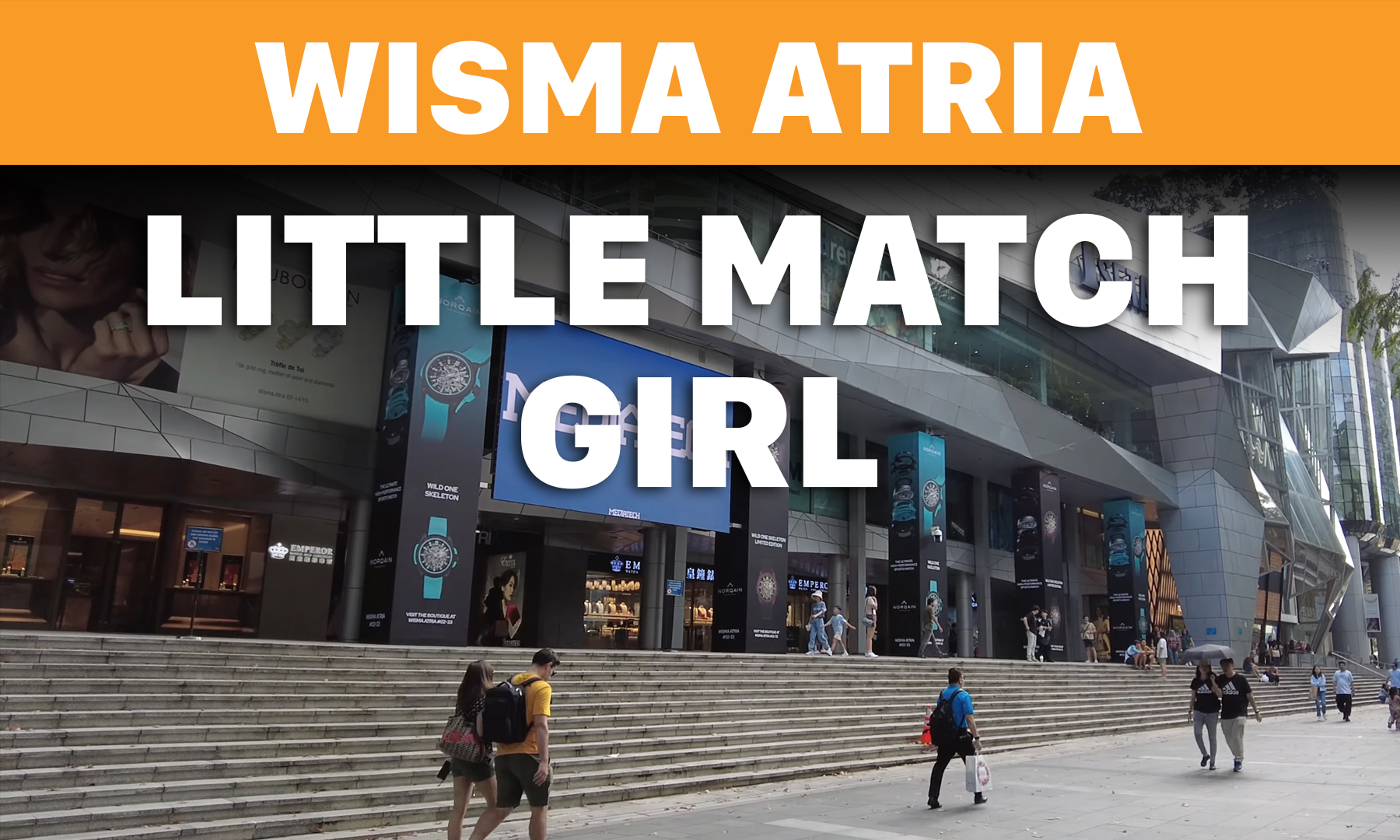Understanding the "Panic Reflex" in Animals and Humans: Exploring the Effect of Neck Grasping


Introduction :
The act of grabbing the back of an animal's neck, commonly referred to as "scruffing," has long been observed to induce a state of stillness or immobilization. This phenomenon is most commonly seen in cats, where it triggers a "Panic Reflex." However, similar responses can also be observed in other animals and even in human beings. In this article, we delve into the reasons behind this response, explore its occurrence in different species, and discuss the potential implications.
- The Cat's "Panic Reflex":
When a cat is grabbed by the scruff of its neck, it often enters a state of stillness, resembling a "frozen" or immobilized posture. This response is rooted in the natural behavior of feline mothers who carry their young by the scruff to keep them safe and controlled. The grip triggers a reflex that inhibits movement, allowing the mother to transport her kittens without resistance. - Similar Responses in Other Animals:
The "Panic Reflex" or a similar response can be observed in various animals, although the specific triggers and mechanisms may differ. Examples include:
2.1. Dogs: Some dogs may exhibit a similar stillness response when restrained by the scruff. This behavior is more commonly observed in puppies, as the scruff-grabbing action mimics the way their mothers would carry them. However, it is important to note that not all dogs will respond in the same way, and individual temperaments and experiences can influence their reactions.
2.2. Rabbits: In certain situations, gently grasping the loose skin at the back of a rabbit's neck can induce a state of relaxation and immobility. This response is similar to the cat's Panic Reflex and can be useful during handling or medical procedures.
2.3. Human Infants: Human newborns may also exhibit a similar response when supported by the back of their necks. Known as the "Moro reflex" or the "startle reflex," infants may momentarily freeze or extend their arms and legs in response to a sudden change in their position or environment.
- Biological and Psychological Factors:
The physiological and psychological mechanisms behind the stillness response vary among species. In animals, the reflex is primarily rooted in instinctual behaviors related to maternal care and protection. The grasping action triggers a release of neurochemicals that temporarily suppress movement and induce a calm state. In humans, the Moro reflex is believed to be a primitive survival instinct linked to the developing nervous system. - Ethical Considerations and Proper Handling:
While the stillness response can be observed in various animals and humans, it is crucial to approach handling with care and respect for the well-being of the individual. Understanding the specific needs and preferences of each species is important to ensure their comfort and minimize stress. Proper training and gentle handling techniques should be employed to maintain the welfare of the animals involved.
Conclusion:
The stillness response triggered by grabbing the back of the neck, commonly observed in cats and other animals, highlights the deep-rooted instinctual behaviors and reflexes that exist across species. While the specific triggers and underlying mechanisms may vary, this phenomenon serves as a reminder of the complex interplay between biology and behavior. It is essential for caregivers, pet owners, and individuals working with animals and infants to handle them with sensitivity and respect, considering their unique needs and welfare. By understanding and respecting the natural responses of animals and infants, we can promote their well-being and create environments that foster trust and safety.



































































































